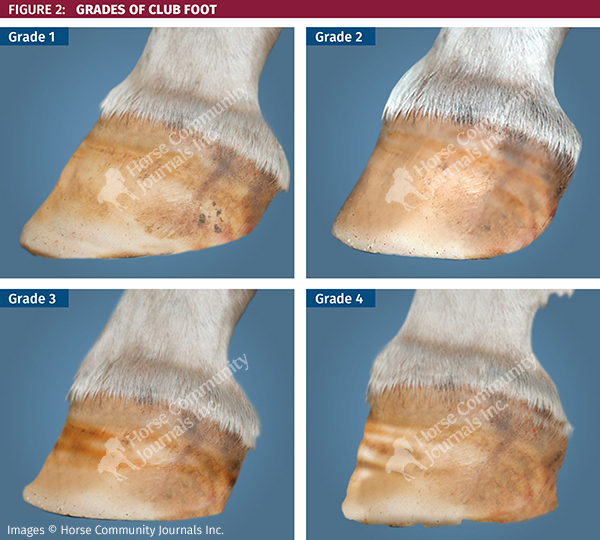
Recognizing and Managing the Club Foot in Horses Horse Journals
According to Dr. Rooney, the equine condition referred to as "club foot," does not equate to the common human birth defect known by the same name. Dr. Rooney said that it is incorrect to describe the condition as a contraction of the deep flexor tendon, as is common, because tendons do not technically contract and relax the way muscles do, they.
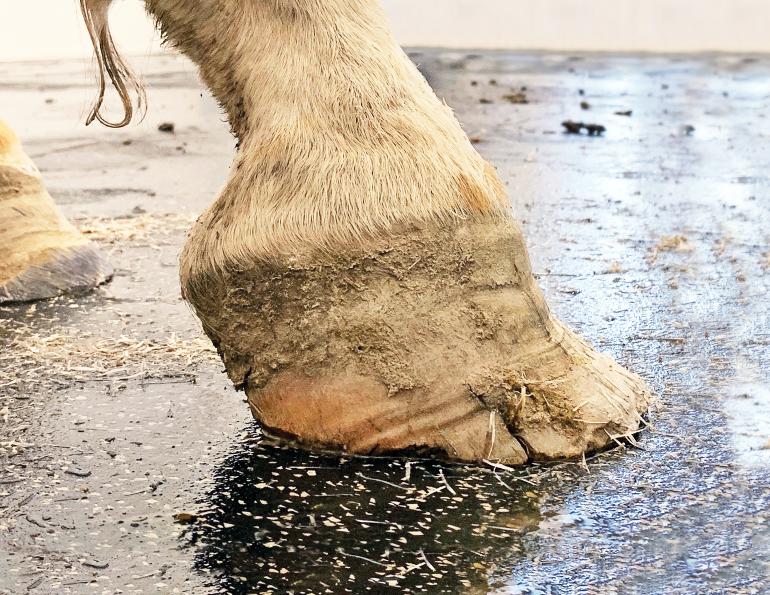
Recognizing and Managing the Club Foot in Horses Horse Journals
What Exactly is a Club Foot? In the bulk of the veterinary literature on the subject, a club foot is defined as "a shortening of the musculotendinous unit of the deep digital flexor tendon.
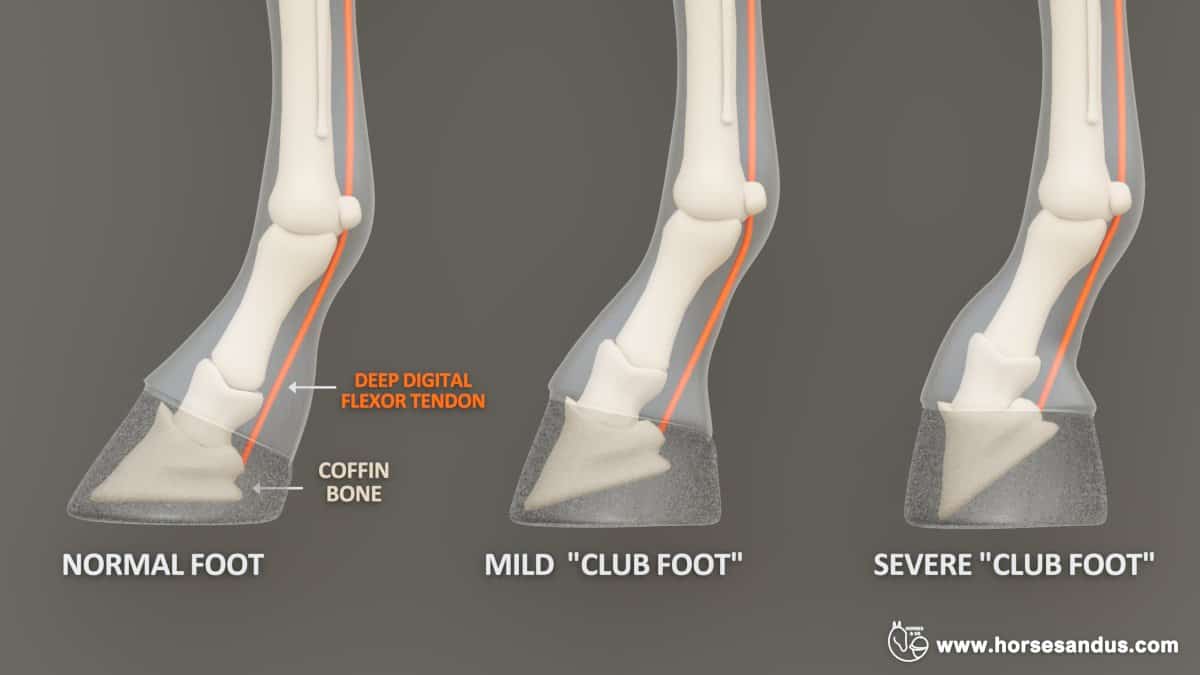
Developmental Orthopedic Disease in Horses [Beginner Guide]
Horse Horse health Club feet in foals Quick facts Club foot refers to a tendon flaw that causes the hoof to be very upright. Often, club foot affects both front legs with one being more severe than the other. Club foot can occur before or after birth in foals. After birth foals acquire club feet when the bones grow faster than the tendons.
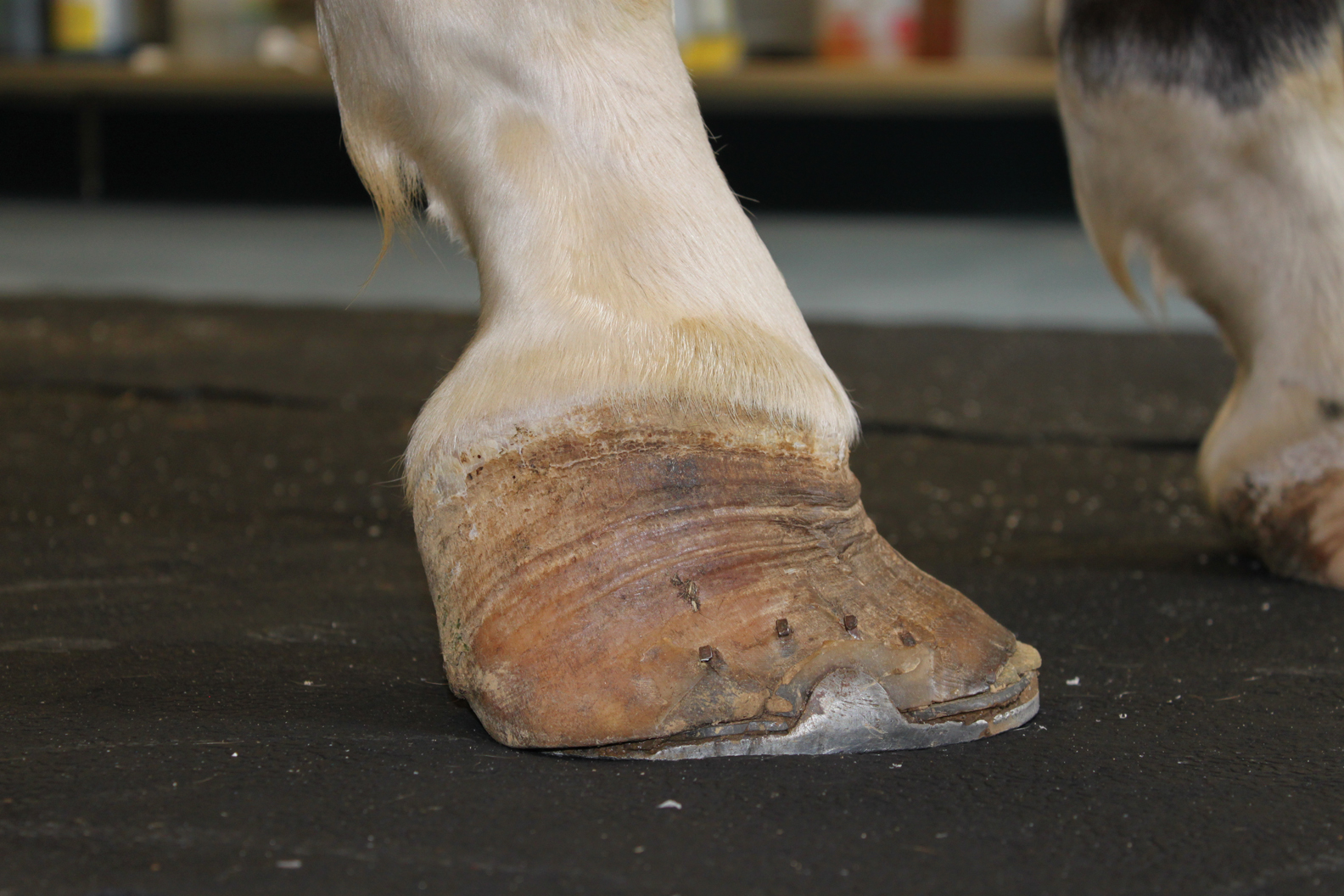
Club Foot in Horses Equine Chronicle
If a horse puts more weight on the inside of a hoof, the blood is pushed to the opposite side of the foot causing faster growth and wearing down the weighted surface at a faster rate. With respect to the club foot, the heel of the affected foot grows faster and the hoof more upright in appearance due to most of the horse's weight being placed.
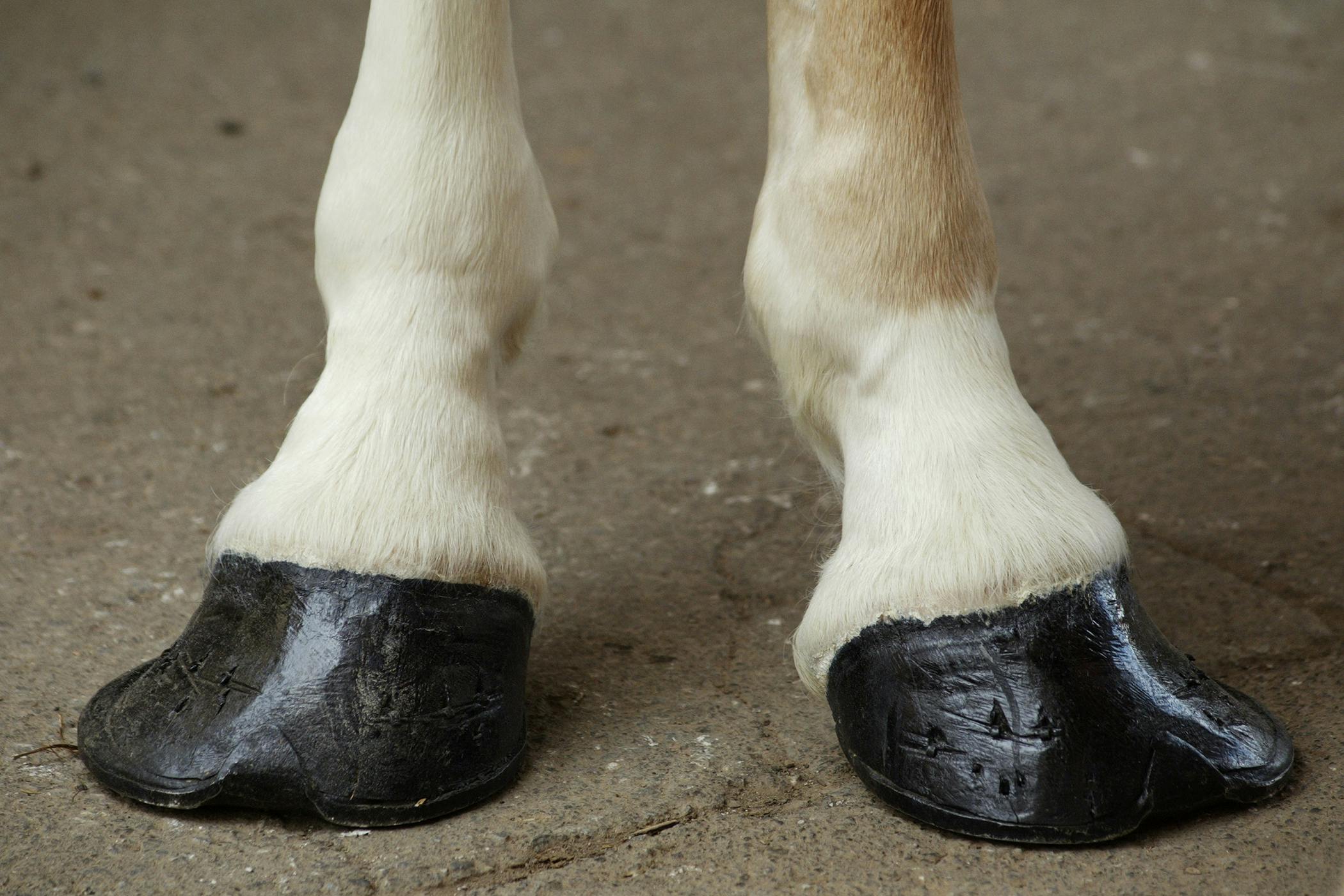
Club Foot in Horses Symptoms, Causes, Diagnosis, Treatment, Recovery
A "club-footed" horse is defined by most people as a horse with one hoof that grows more upright (particularly at the heel angle) than its mate on the other side. Normally we're talking about the front pair of hooves.
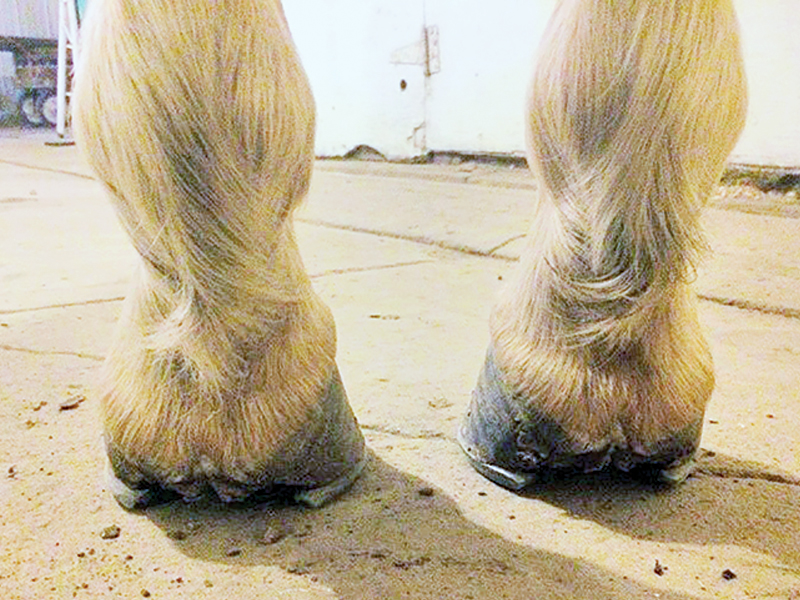
Recognizing and Managing the Club Foot in Horses Horse Journals
Club foot is one of the most common deformities in the horse world. Horses affected with club foot develop a flexural deformity of the coffin joint, due to a shortening of the musculotendinous unit that starts high up in the limb and inserts on the coffin bone in the foot, resulting in an upright conformation of the foot.

Foal Deformities Imprint Equine Foot Care
A: Club foot is a term commonly used to describe an abnormally upright front foot conformation. It can be a congenital (born this way) or developmental (acquired early in life during foalhood.
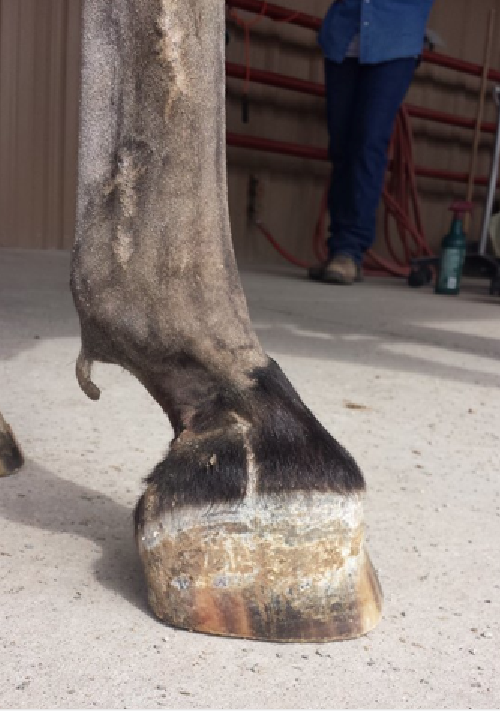
Club Foot, Flexural Deformity (in Adult) Horse Side Vet Guide
In club footed horses, the abnormal contraction of the tendon causes the coffin bone to rotate, which pulls the toe down and creates that upright hoof structure. Veterinarians tend to classify club feet either by type or by grade.

Managing the Club Foot The Horse
Early treatment is critical for a horse born with a clubbed foot. If your new-born foal has an asymmetrical upright hoof, get your farrier involved immediately. In my experience they are more common in the Arabian, Morgan and Saddlebred breeds - in that order.

Club Foot The Horse's Advocate
A club foot is an upright foot caused by a shortening of the tendon and muscle of deep digital flexor unit. The excessive pull on the deep digital flexor tendon (DDFT) turns the coffin bone downward, loading shifts to the toe area, and the hoof changes shape in response.
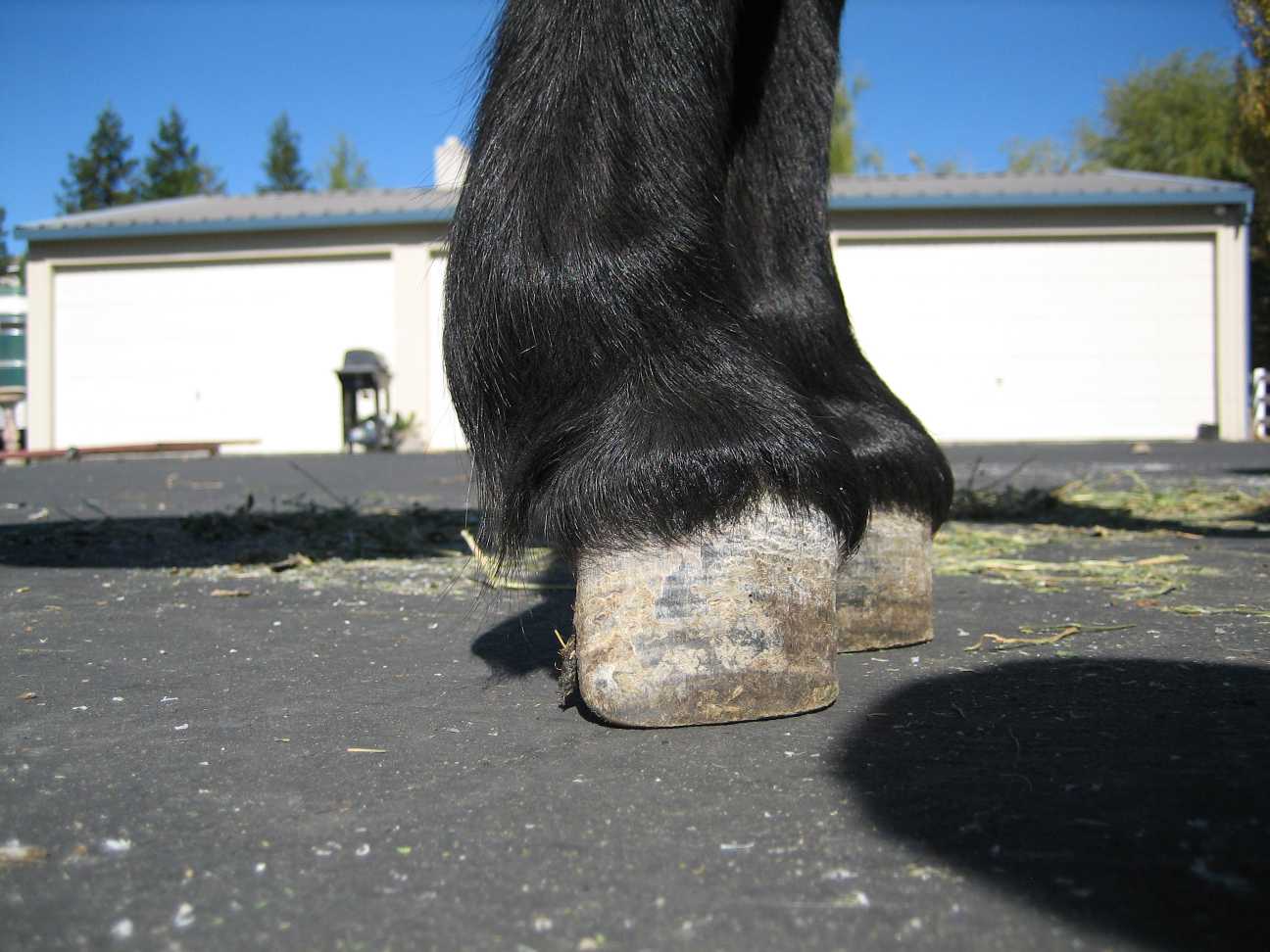
Club Foot Horse Hoofwraps Instagram Posts Photos And Videos Picuki
Many horse owners believe a clubbed foot is a hoof blemish. Even though it's a common issue, a club foot can actually be a serious issue. While there is no cure, proper nutrition and management can make a happy lifestyle for a horse. This article will explain in-depth the causes, treatment, and management of a club-footed horse. What is Club Foot?

The Tolerable Club Foot The Horse Club foot, Healthy horses, Horses
3. Juvenile Presentation The most frequently recognized form of clubfoot in horses occurs in sucklings or weanlings at approximately 2 to 8 months of age. 1-3,6-8 It is commonly a unilateral condition but occasionally affects both limbs. The first clinical sign recognized is an upright appearance of the foot combined with the inability of the heels to contact the ground immediately after.
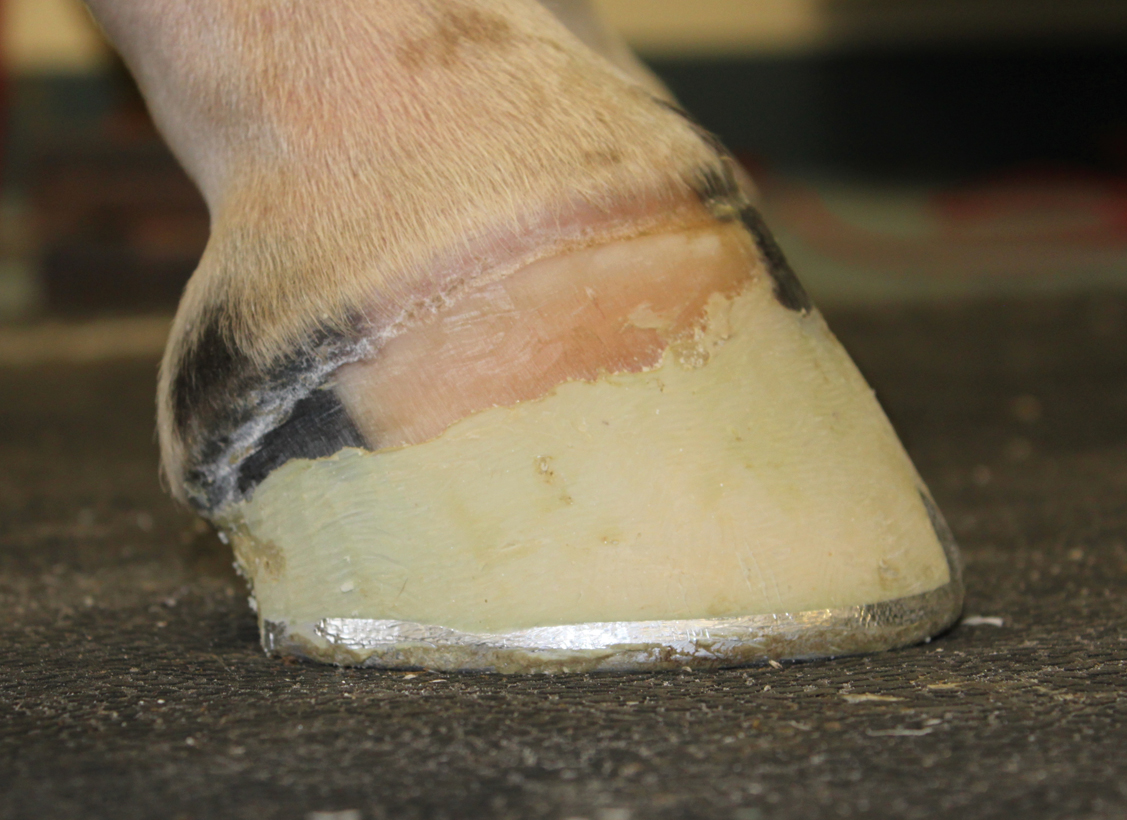
Club Foot in Horses Equine Chronicle
A clubfoot has been classically defined as a hoof that meets the ground at an angle greater than 60°6 and can be further classified into two types: stage 1 or type 1, in which the hoof axis is less than or equal to 90°, and stage 2 or type 2, in which the hoof to ground angle is greater than 90°.7 A recently proposed classification system design.

Talking About High Low Syndrome Or Club Foot Or Asymmetrical Hooves In
Most horsemen define a club foot as hoof and pastern angle of more than 60 degrees, making the foot more upright than normal. The affected hoof is usually stumpy with a short toe and long, upright heel.
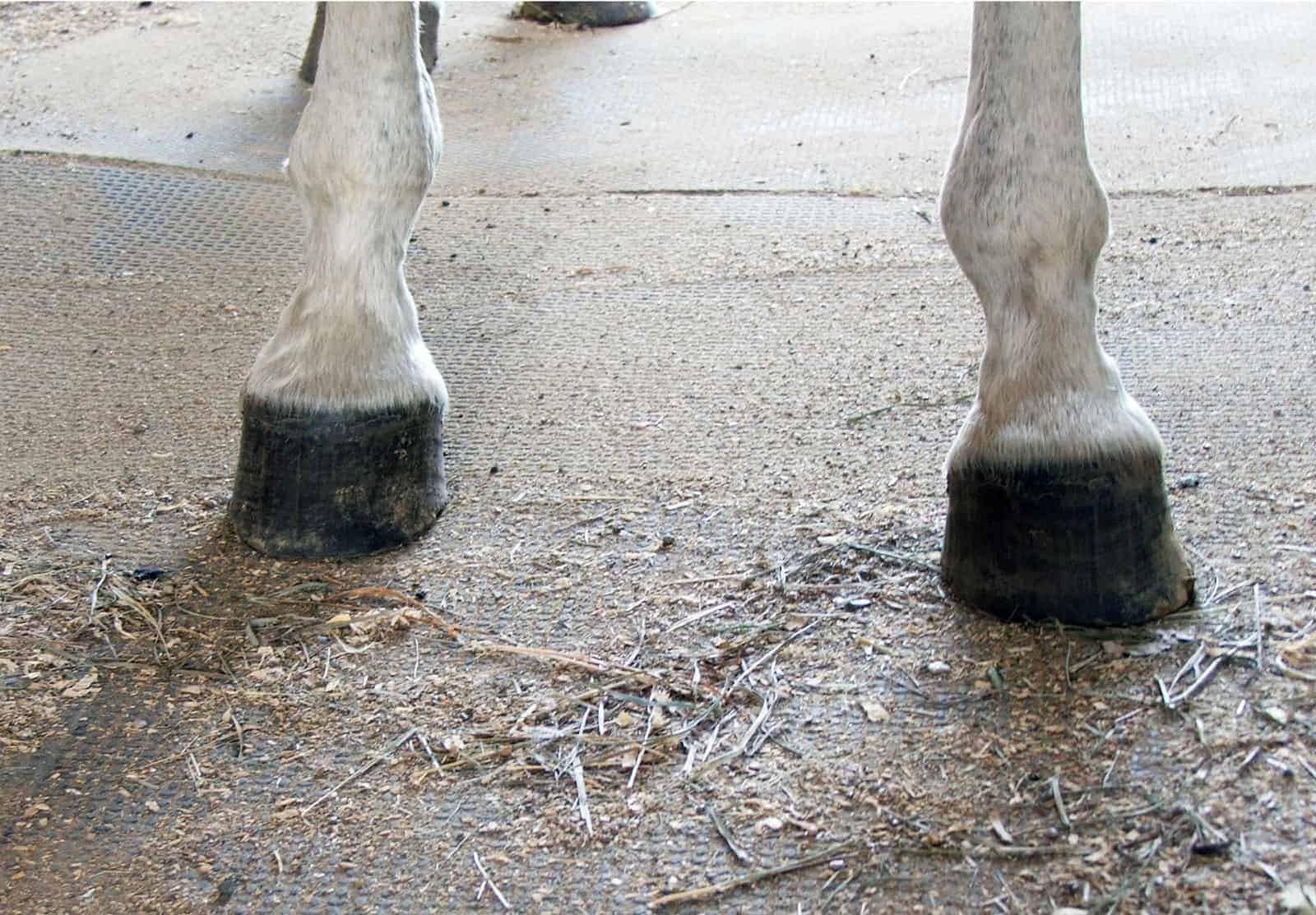
Club Foot Heritability in Horses The Horse
Check out this video where Dr Luke shows how he manages a severe club foot.A club foot is a hoof conformation where the heels grow long and the toe short, co.

Recognizing and Managing the Club Foot in Horses Horse Journals
Clubfoot is a condition in horses in which the bone in the hoof called the coffin bone is pulled backward because the structures on the back of the legs are too tight. This condition can occur from birth or can be acquired at an older age.